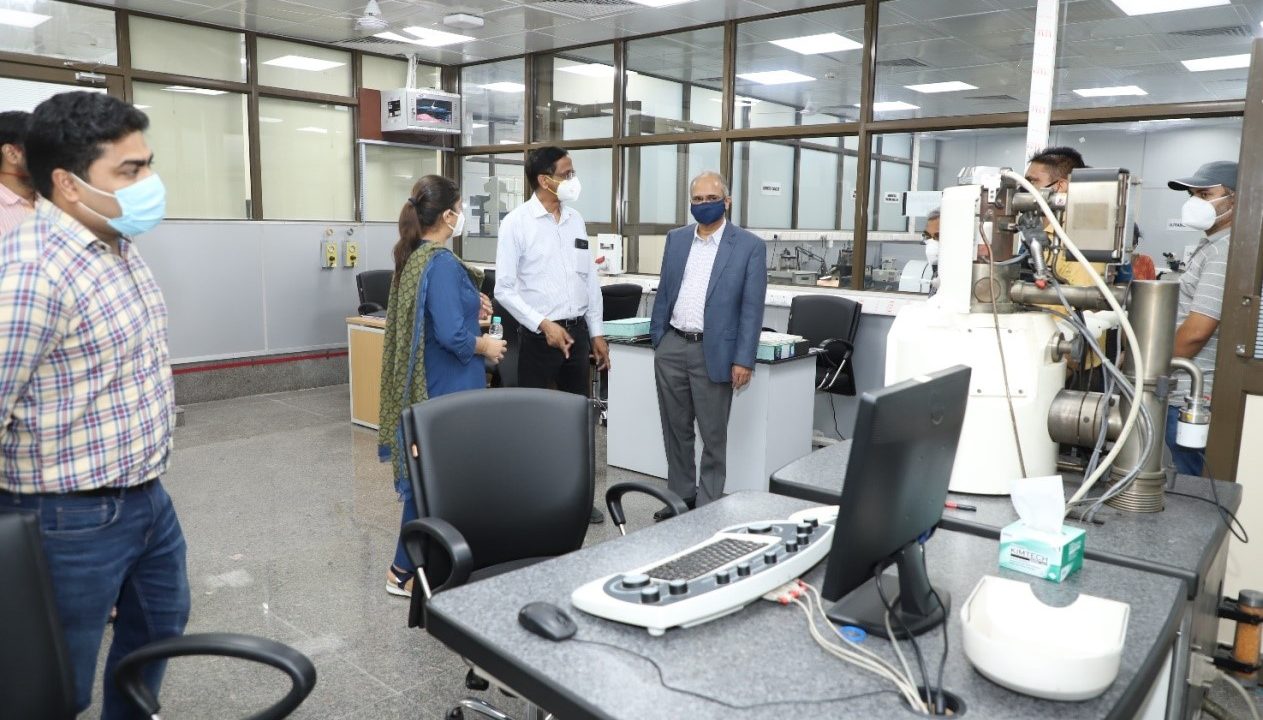

A team of researchers at the Indian Institute of Technology, Hyderabad has developed a new technique that promises to help deploy high volume artificial neural networks on mobile phones and portable devices
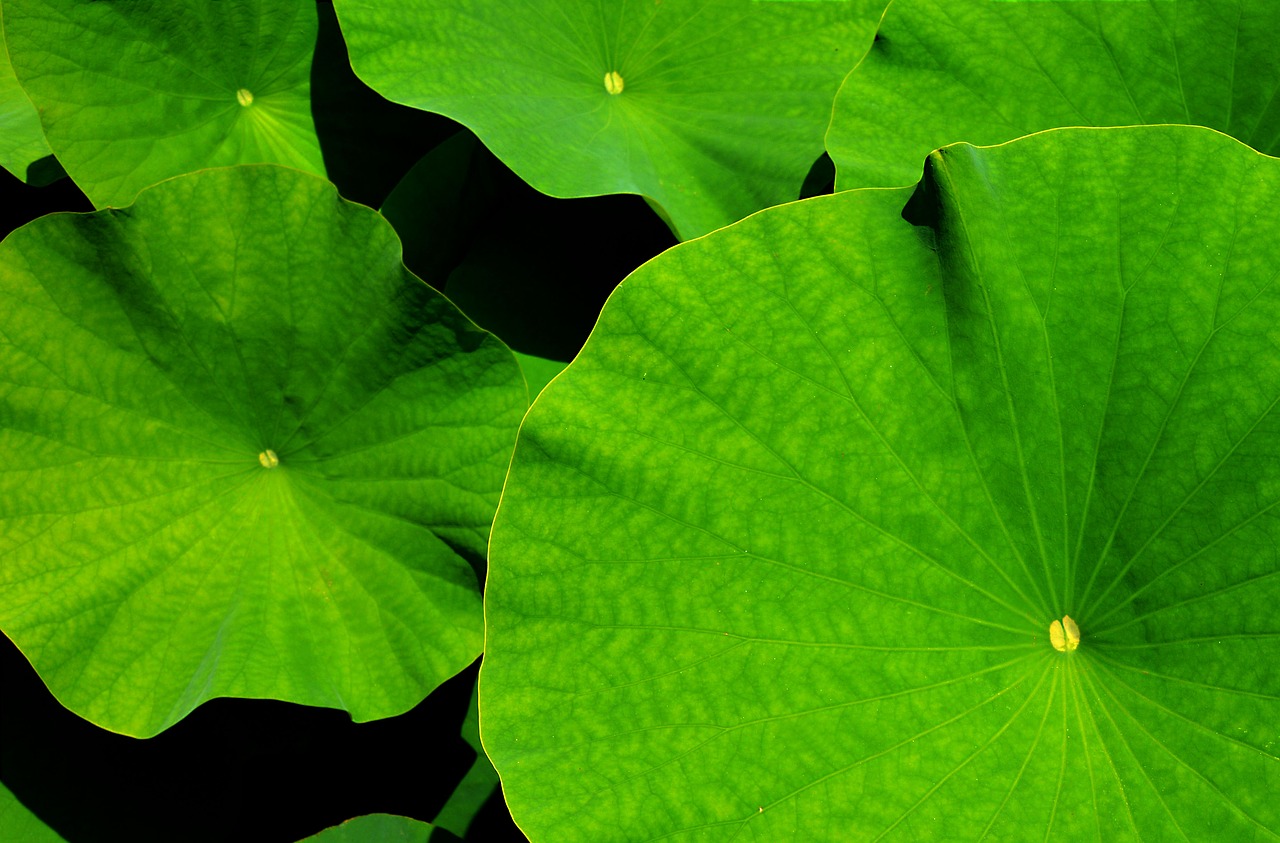
Researchers at the mechanical engineering division of the Indian Institute of Technology, Mumbai, have used lotus leaf to design a device that can help fill microwells with desired biological molecules quite efficiently
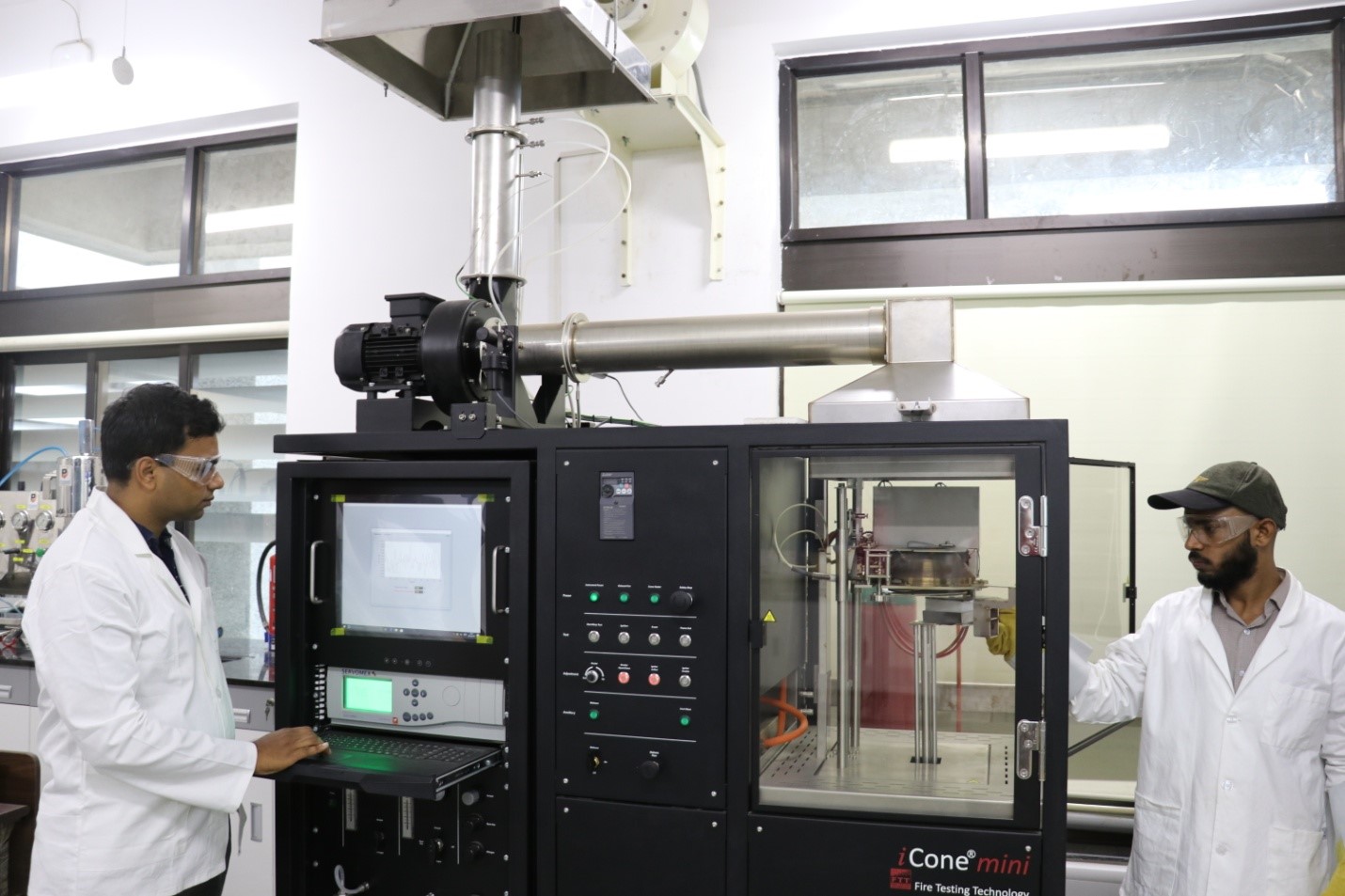
A new study by researchers at the IIT Gandhinagar has warned that the fire load in modern day buildings in India is three times greater than what was even as late as the 1990s
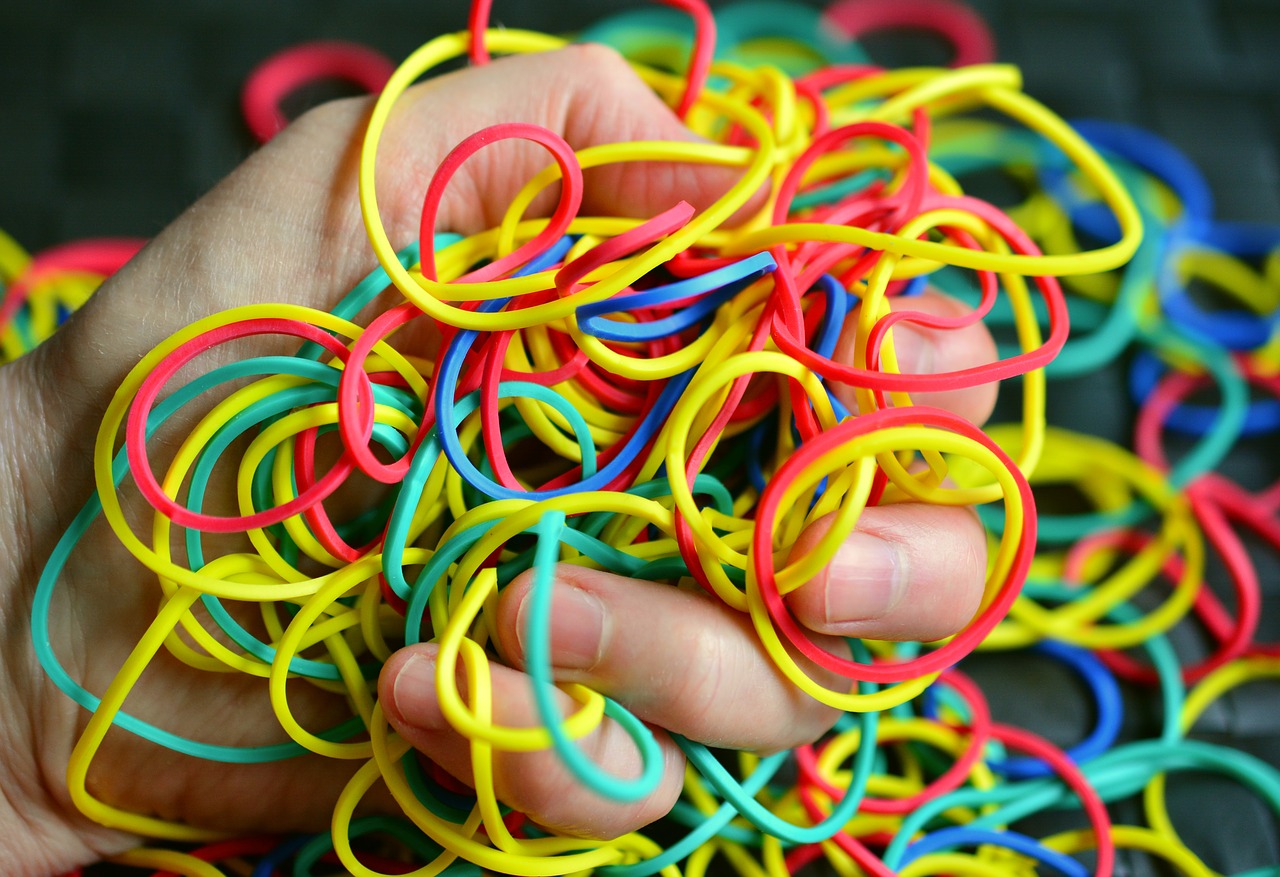

A popular vegetable helps in preparation of an effective nanoparticle-based formulation to treat Kala Azar, which is caused by Leishmania donovani. Researchers at the Indian Institute of Technology, Guwahati used Sechium edule or Chayote to prepare nanosilver particles that proved toxic to Leishmania. Nanosilver particles are tiny particles of silver and are known to be lethal to microorganisms.

India loses agriculture produce worth several hundred crores of rupees every year to weeds. While removing weeds manually is laborious, use of chemicals to destroy them is hazardous to environment and crops.

Researchers at the Indian Institute of Technology, Roorkee, have identified a new enzyme from yak cheese which promises to help improve the nutritional value of cereals by improving the bioavailability of vital minerals.
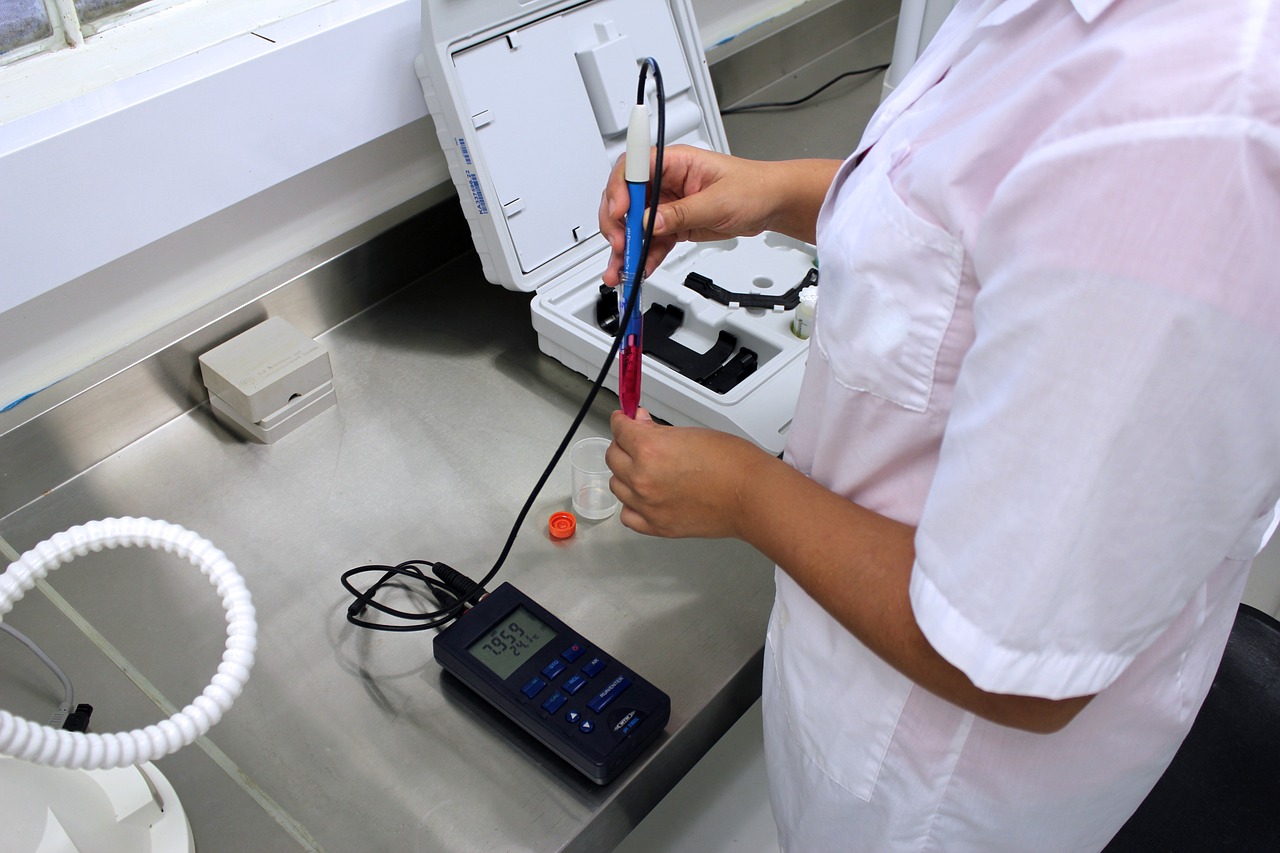
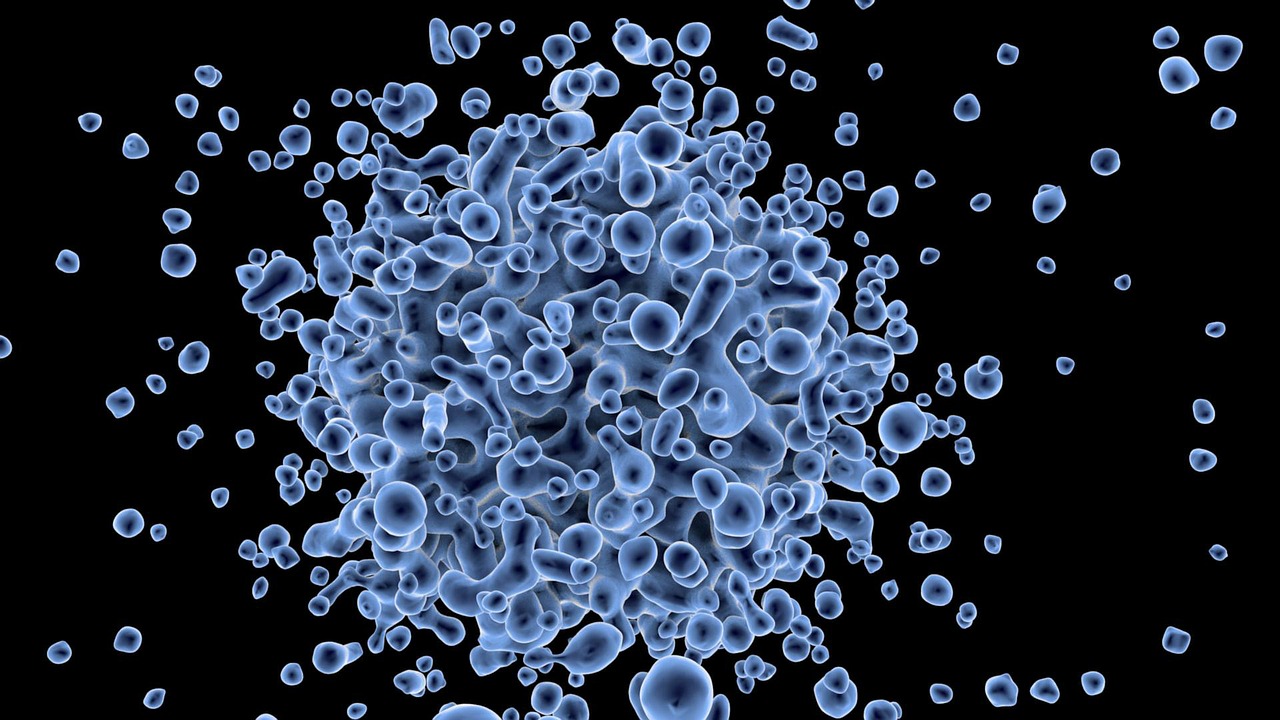
Effective delivery of anticancer drugs is a major challenge so as to avoid toxic side effects. Indian scientists have developed a new way for precise delivery of anticancer drugs using a dual-purpose magnetic metal-organic framework of nanoparticles.

It is estimated that India has the potential to generate 20,000 MW of power from small hydropower projects alongside rivers and irrigation canals.
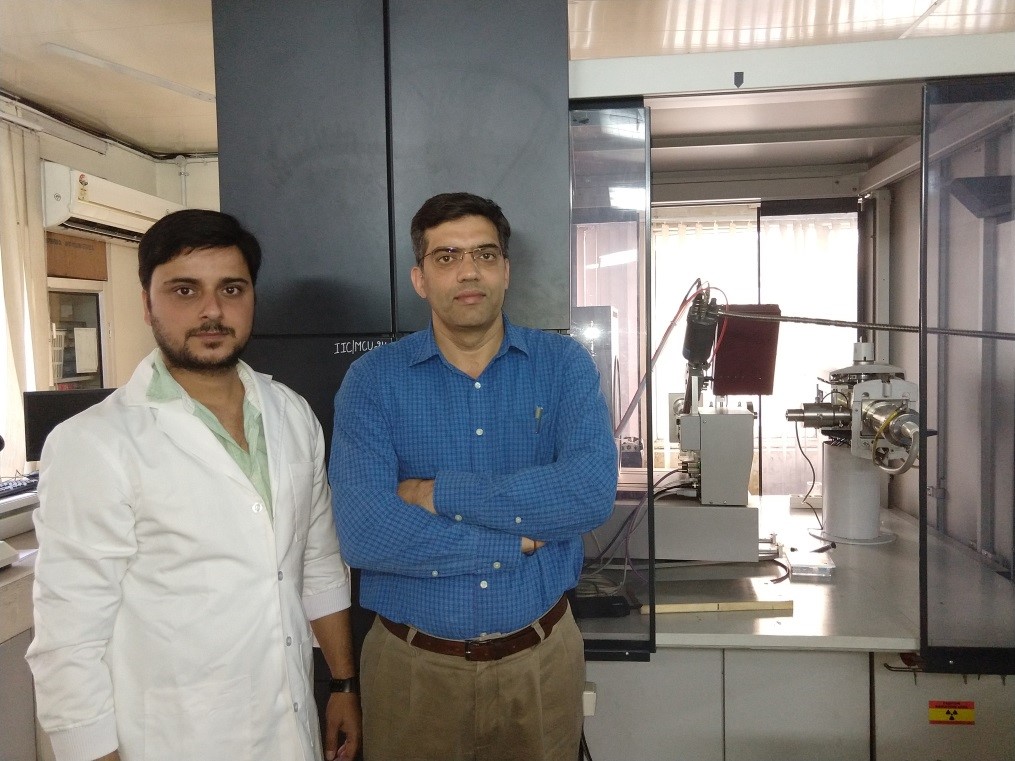
Researchers at the Indian Institute of Technology, Roorkee, have found out the mechanism that underlies antibacterial properties of a natural compound called Chlorogenic Acid which occurs in several plants including coffee.

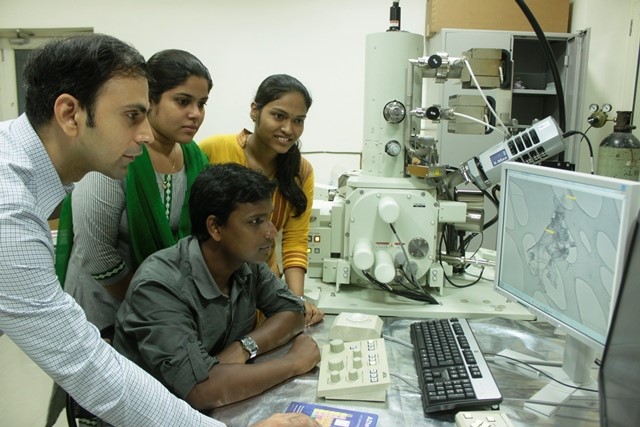
How thin can the thinnest material be? It can be as thin as 100,000 times thinner than a sheet of paper. You may not be able to imagine or see with naked eyes such a material, but this is what a group of Indian scientists have done.
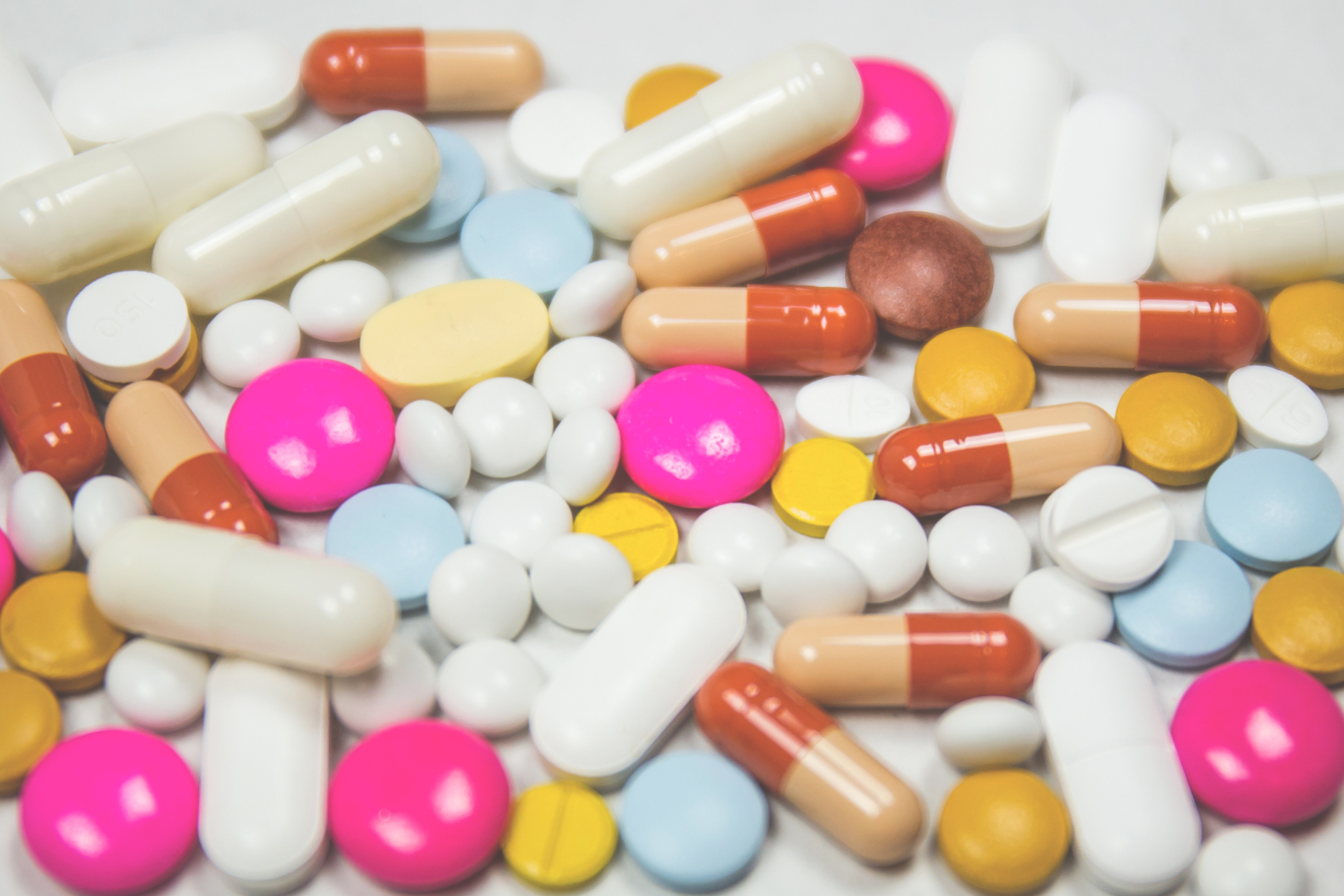
Combining commonly used painkillers with a metal belonging to the platinum group may prove effective in the treatment of cancer, a new study by Indian scientists has indicated.
Internet is huge! Help us find great content
Never miss a thing! Sign up for our newsletter to stay updated.
Research Stash is a curated collection of tools and News for S.T.E.M researchers
Have any questions or want to partner with us? Reach us at hello@researchstash.com